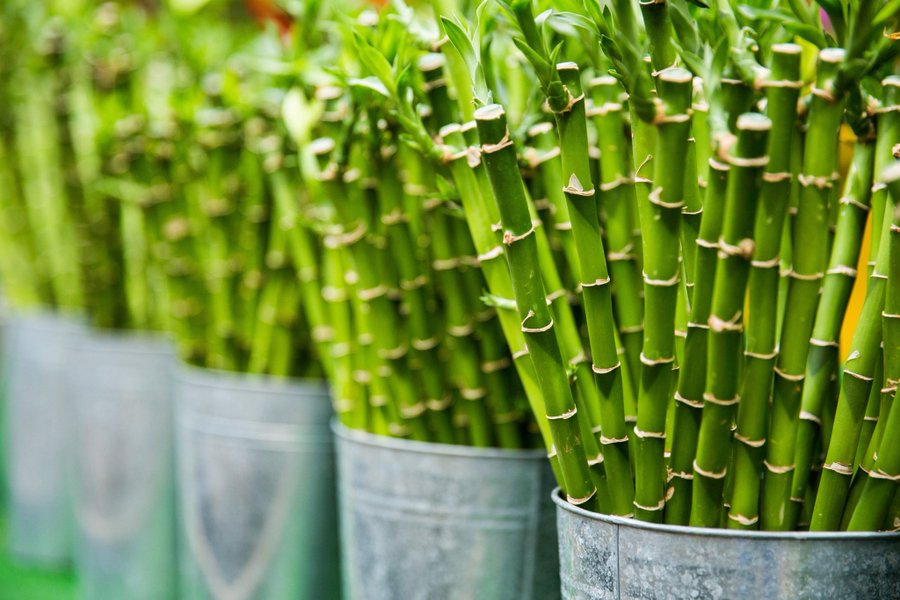Some are clumping whereas others are running. In particular, tall bamboo plants are best for privacy screening.
Let’s take a look at the 10 tall bamboo plants for sale in the UK and where you can get them.
10 tall bamboo plants – all you need to know
Here at GardenBambooPlants.Com, we provide information about running and clumping bamboo. They are available for free.We summarised the information and make it easy for our visitors to select the right bamboo.
You can identify the uses, spread, colour, height and details of the tall bamboos that grow in the UK.
Click on the image to find out more about the 10 tall bamboos we featured here.
Tall Bamboo Plants for Sale in the UK
Buy tall bamboo plants online from the UK home and garden shops.We are affiliate partners with renowned UK suppliers of bamboo plants and products. They deliver the highest quality plants that are ready for planting upon arrival.
Our relationship with the top UK bamboo sellers enables us to find the bamboos that you'll love.
We refer you straight to the sales page where you can make your buy safely and securely.
Rest assured that when you buy tall bamboo plants online, you get the best service they offer to customers.
How tall do bamboos grow?
Bamboo plants come in different heights. The Fargesia clumping bamboos are shorter than the Phyllostachys running bamboos.The common bamboos that grow in the UK range from 0.5 metres to 15 metres such as the Dwarf Fargesia bamboos and Chinese bamboos, respectively.
Also, the giant bamboo (Gigantochloa verticillate) growing inside the Kew Garden Palm House is 20 metres tall, they had to snip the top off.
So, there is a range of heights.
Here at GardenBambooPlants.Com, we classify the bamboo collections into the following categories:
- Tall bamboos (6 metres+).
- Medium bamboos (4 – 6 metres).
- Small bamboos (0.5 – 4 metres).
How to use tall bamboo plants for screening
Some tall bamboo plants are running whereas others are clumping. They are perfect for tall privacy screens. They are undemanding plants and will grow well in the UK climate.
The image from Kew Royal Botanical Garden shows the tall natural screen, contrasting perfectly with the plants at the front.
Other uses include landscaping, potting plants or adding a unique focal point to your garden.
Grow bamboo, enjoy the evergreen foliage
Bamboo plants are becoming a popular oriental plant and it’s easy to see why. They are fast-growing plants, undemanding and provide the evergreen cover all year round.You can use bamboo roots/rhizome barriers or grow them in pots to stop them from invading other spaces.
Here is the best advice on how to grow bamboo plants, and provide the right care and maintenance.
We hope that this article points you in the right direction, where you can find the best tall bamboo plants.






